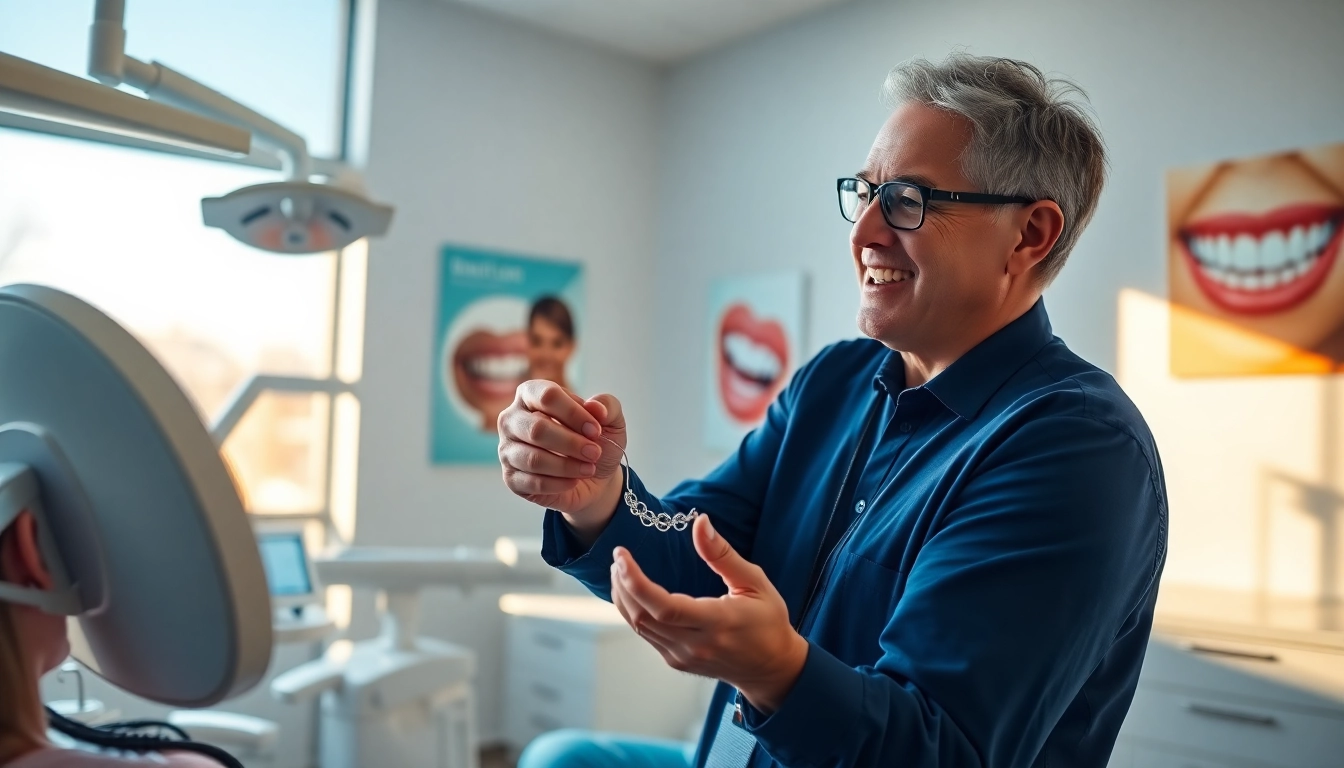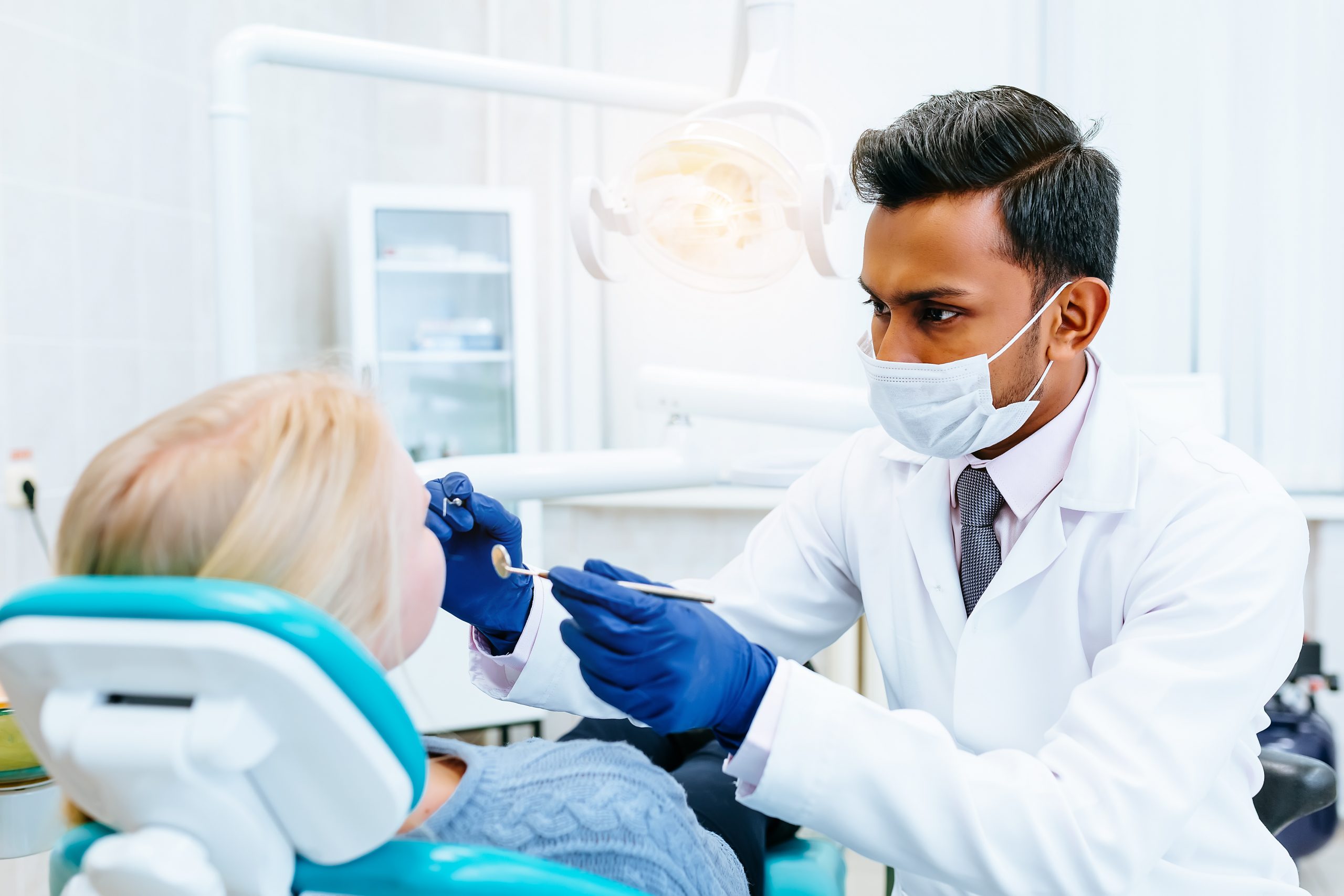Understanding Orthodontic Care in Myrtle Beach
Orthodontic care plays a crucial role in achieving a healthy and beautiful smile. In Myrtle Beach, residents have access to various orthodontic services that cater to different needs, ensuring that individuals of all ages can attain optimal oral health. Understanding what orthodontics entails and the available treatment options is essential for anyone considering seeking help from an orthodontist Myrtle Beach.
What is Orthodontics?
Orthodontics is a specialty field within dentistry focused on diagnosing, preventing, and treating dental and facial irregularities. The primary goal of orthodontics is to align the teeth, jaws, and facial structure to improve both function and aesthetics. Key aspects of orthodontic care include correcting overcrowded teeth, closing gaps, and addressing jaw issues that can affect oral health and overall well-being. An orthodontist undergoes several years of additional training beyond dental school, equipping them with the expertise required to craft personalized treatment plans suited to the unique needs of each patient.
Common Orthodontic Treatments
Various treatment options are available in orthodontics, each designed to address specific issues. The most common orthodontic treatments include:
- Braces: Traditional metal braces are the most recognizable form of orthodontic treatment. They consist of brackets and wires that gently guide the teeth into their desired positions over time.
- Clear Aligners: These are transparent trays that are removable and custom-fitted to the patient’s teeth. Clear aligners offer a more aesthetic option for adults and teens seeking to straighten their smiles discreetly.
- Retainers: After active treatment with braces or aligners, retainers are used to maintain teeth in their new positions. They are essential in preventing teeth from shifting back to their original alignment.
- Palate Expanders: Used primarily in younger patients, palate expanders widen the upper jaw to create space for incoming teeth and correct crossbites.
Importance of Early Evaluation
Early evaluation is crucial for successful orthodontic treatment. The American Association of Orthodontists recommends that children receive their first orthodontic screening by age 7. Early evaluations can lead to timely interventions, helping to guide jaw growth and ensure that permanent teeth emerge correctly. Additionally, early treatment can minimize the need for more extensive procedures later on, making it a worthwhile consideration for parents.
Finding the Best Orthodontist in Myrtle Beach
Choosing the right orthodontist is vital to ensuring a successful treatment journey. With numerous practitioners available in Myrtle Beach, it’s essential to evaluate various factors that contribute to finding the best fit for you or your child.
Researching Credentials and Experience
When selecting an orthodontist, it’s crucial to investigate their credentials and experience. Look for an orthodontist who is board-certified, which demonstrates that they have met specific professional standards in the field. Additionally, inquire about their experience with specific treatments relevant to your needs, whether it’s braces, clear aligners, or other specialized services. A seasoned orthodontist will typically display a portfolio of successful cases and be up-to-date with the latest technology and techniques in orthodontics.
Evaluating Patient Reviews and Testimonials
Patient reviews and testimonials provide valuable insights into the quality of care an orthodontist offers. Spend time reading online reviews, checking for consistent themes around treatment effectiveness, office environment, and staff friendliness. Testimonials can also highlight how well the orthodontist communicates with patients, which is essential for ensuring that you feel comfortable and informed throughout the treatment process.
Scheduling Consultation Appointments
Once you’ve narrowed down your options, schedule consultation appointments with your top choices. During these consultations, assess the orthodontist’s communication style, approach to treatment, and willingness to answer questions. A reliable orthodontist will take time to explain the treatment process, expected outcomes, and available options, allowing you to make an informed decision about your care.
Types of Orthodontic Appliances Available
Orthodontic appliances are tools that help in correcting malalignment of teeth. Different types of appliances suit various orthodontic issues, and understanding these can help in selecting the right treatment.
Traditional Metal Braces
Traditional metal braces remain a popular choice due to their effectiveness in treating complex dental misalignments. Made from high-grade stainless steel, these braces consist of brackets bonded to the front of the teeth and connected by a wire. Regular adjustments are made to the wire to ensure gradual movement of the teeth into their correct positions. Metal braces are suitable for patients of all ages and are known for their durability.
Clear Braces and Aligners
For individuals seeking a more discreet orthodontic solution, clear braces and aligners are excellent alternatives. Clear braces function similarly to metal braces but use ceramic brackets for a less noticeable appearance. On the other hand, clear aligners are a series of custom-fitted trays that can be removed during eating and brushing. This flexibility offers convenience, and their transparency makes them a favorite among adults.
Retainers and Their Importance
After completing active orthodontic treatment, retainers are critical for ensuring that teeth remain in their new positions. There are several types of retainers, including:
- Fixed Retainers: These are bonded to the back of the teeth and provide continuous support, especially for those who are at a higher risk of relapse.
- Removable Retainers: Typically made of plastic or wire and plastic, removable retainers are easy to clean and can be taken out during meals and oral hygiene routines.
Wearing retainers as prescribed is crucial for long-term success and maintaining the results achieved through orthodontic treatment.
Cost Considerations for Orthodontic Treatment
The cost of orthodontic treatment can vary significantly based on several factors, including the treatment type, the complexity of the dental issues, and the length of treatment required. Understanding these cost considerations can aid in planning and budgeting for orthodontic care.
Understanding Treatment Costs
In Myrtle Beach, the cost of orthodontic treatment typically ranges from $3,000 to $7,000, depending on the factors mentioned. Traditional metal braces are usually less expensive than clear aligners due to the materials and technology involved. It is advisable to discuss the estimated costs during your consultation, as many orthodontist offices provide a clear breakdown of their fees. Furthermore, inquire about any additional costs that may arise during the course of treatment, such as retainers or follow-up appointments.
Insurance Coverage Options
Many dental insurance plans offer coverage for orthodontic treatment, particularly for minors. It’s essential to review your insurance policy, as some plans may cover a portion of the expenses associated with braces or aligners. You can also ask your orthodontist’s office about any insurance partnerships they have that might maximize your benefits and reduce out-of-pocket costs.
Payment Plans and Financing Solutions
To make orthodontic treatment more accessible, many orthodontists offer flexible payment plans that allow patients to pay in installments rather than a lump sum. Additionally, third-party financing options are often available, enabling patients to spread out the cost over time with manageable monthly payments. This financial flexibility can be crucial in enabling patients to receive the care they need without experiencing financial strain.
Maintaining Oral Health During Treatment
Maintaining good oral hygiene during orthodontic treatment is paramount for ensuring the health of your teeth and gums. Proper care prevents complications such as cavities and gum disease, which can affect overall treatment outcomes.
Best Practices for Oral Hygiene
Here are essential oral hygiene practices to follow while undergoing orthodontic treatment:
- Brush your teeth after every meal using a soft-bristled toothbrush and fluoride toothpaste to keep teeth clean and free of food particles.
- Floss daily to remove plaque and debris stuck between teeth and around braces or aligners.
- Use an antibacterial mouthwash to help reduce plaque buildup and strengthen your teeth.
Routine dental check-ups are also vital to monitor oral health throughout your orthodontic journey and address any concerns that may arise.
Dietary Considerations with Braces
Certain foods can complicate orthodontic treatments, especially for those wearing braces. To avoid damaging braces or causing discomfort, it’s advisable to avoid:
- Hard foods such as nuts and hard candy
- Sticky foods like caramel and gum
- Chewy foods such as bagels and tough meats
Sticking to a diet of softer foods during treatment can significantly contribute to a smoother orthodontic experience and enhance oral health.
Follow-Up Care and Adjustments
Regular follow-up appointments are essential in orthodontic care. These visits allow your orthodontist to monitor progress, make necessary adjustments, and address any complications that arise. Typically, adjustments occur every 4 to 8 weeks, and your orthodontist will ensure that your treatment remains aligned with the established goals.
In conclusion, understanding the various aspects of orthodontic care in Myrtle Beach is vital for anyone considering treatment. Finding the right orthodontist, exploring treatment options, and adhering to care protocols will ensure a positive experience on the journey to a healthier, more beautiful smile. By being proactive and informed, patients can successfully navigate the intricacies of their orthodontic journey.



